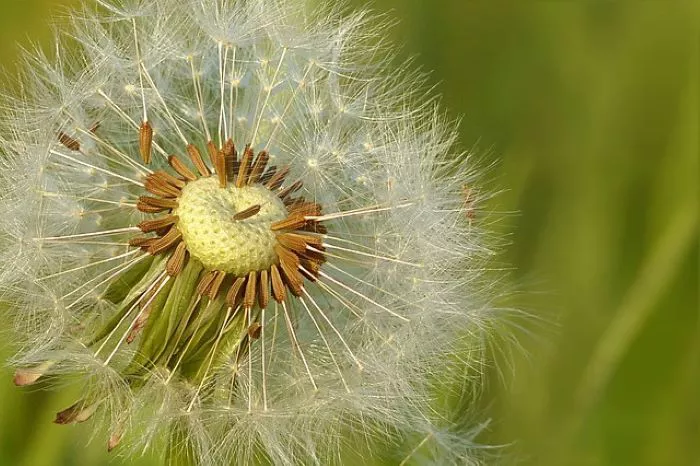Dandelion flowers are not only beautiful but also versatile. Pressing these vibrant blooms allows you to preserve their beauty for crafts, decorations, or educational purposes. This article will guide you through the process of pressing dandelion flowers, highlighting the necessary materials, techniques, and tips for achieving the best results.
Overview of Dandelion Flowers
Dandelions, known scientifically as Taraxacum officinale, are common wildflowers found in many regions. Their bright yellow flowers bloom in spring and summer, making them easily recognizable. Dandelions are often considered weeds, but they have significant ecological value and are also used in various culinary applications.
Pressing dandelion flowers is a simple yet rewarding activity. The process allows you to capture the flowers’ vibrant color and unique shape, creating art that can be used in various projects. Pressed flowers can be used in greeting cards, framed art, bookmarks, and more.
Materials Needed for Pressing Dandelion Flowers
To press dandelion flowers effectively, you will need a few basic materials. Here is a list of what you will need:
Fresh dandelion flowers: Choose flowers that are fully open and free from blemishes. Avoid wilting or damaged flowers for the best results.
Absorbent paper: You can use blotting paper, parchment paper, or plain paper towels. This paper will absorb moisture from the flowers during the pressing process.
Heavy books or a flower press: A heavy book can be used to press the flowers, or you can invest in a flower press designed specifically for this purpose.
Tweezers: Tweezers can help you handle delicate flowers without damaging them.
A flat surface: A clean, flat surface is essential for laying out your materials and pressing the flowers.
Step-by-Step Guide to Pressing Dandelion Flowers
Pressing dandelion flowers is a straightforward process. Here is a step-by-step guide to help you through it.
Step 1: Gather Fresh Flowers
Start by collecting fresh dandelion flowers. Look for blooms that are fully open and vibrant in color. Early morning is the best time to collect flowers when they are fresh and dewy. Avoid picking flowers from areas that may have been treated with pesticides.
Step 2: Prepare the Flowers
Once you have gathered your flowers, gently remove any leaves or stems. You want to focus on the flower heads for pressing. If the flowers are still wet from morning dew, allow them to dry for a short time before proceeding.
Step 3: Arrange the Flowers
Lay a piece of absorbent paper on your flat surface. Place the dandelion flowers face down on the paper. Arrange them in a single layer, ensuring that they do not overlap. This will help them retain their shape and color during the pressing process.
Step 4: Cover the Flowers
Once the flowers are arranged, place another piece of absorbent paper on top. This sandwiching technique will help absorb moisture from the flowers and protect them during pressing.
Step 5: Press the Flowers
If you are using a heavy book, close the book on top of the paper sandwich. Ensure that the book is heavy enough to apply consistent pressure. If you are using a flower press, follow the manufacturer’s instructions to secure the flowers.
Step 6: Wait for the Flowers to Dry
Allow the flowers to press for at least one to two weeks. The exact time may vary depending on the humidity and thickness of the flowers. Check the flowers periodically to see if they are fully dried. They should feel dry and crisp to the touch when ready.
Tips for Successful Flower Pressing
To achieve the best results when pressing dandelion flowers, consider the following tips:
Choose the Right Time: Press flowers when they are fresh and at their peak. Avoid using flowers that are wilting or past their prime.
Use Clean Materials: Ensure that your absorbent paper and pressing materials are clean to prevent any unwanted stains or marks on the flowers.
Avoid Overlapping: When arranging flowers, avoid overlapping to ensure even pressing and drying. Overlapping can lead to uneven results and discoloration.
Monitor Humidity: High humidity can slow down the drying process. If you live in a humid environment, consider using a dehumidifier or pressing flowers in a drier location.
Experiment with Different Types: While this article focuses on dandelions, you can experiment with pressing other flower types. Each species may have unique characteristics that affect the pressing process.
Using Pressed Dandelion Flowers
Once your dandelion flowers are fully pressed and dried, you can use them in various creative projects. Here are some ideas for incorporating pressed flowers into your crafts:
Greeting Cards: Use pressed dandelion flowers to create beautiful, personalized greeting cards for friends and family.
Framed Art: Arrange pressed flowers in a shadow box or frame to create stunning wall art that showcases their beauty.
Bookmarks: Laminate pressed flowers onto cardstock to create unique bookmarks that add a touch of nature to your reading experience.
Scrapbooking: Incorporate pressed flowers into your scrapbook pages for a natural and decorative element.
Gift Wrap: Use pressed flowers as decorative accents on gift wrap or tags for a special touch.
Conclusion
Pressing dandelion flowers is a rewarding and creative activity that allows you to preserve the beauty of these vibrant blooms. By following the steps outlined in this article, you can successfully press dandelion flowers and use them in a variety of artistic projects. Whether you are creating greeting cards, framed art, or bookmarks, pressed dandelion flowers add a unique and personal touch to your crafts. With a little patience and care, you can enjoy the beauty of dandelions long after their blooming season has ended.


